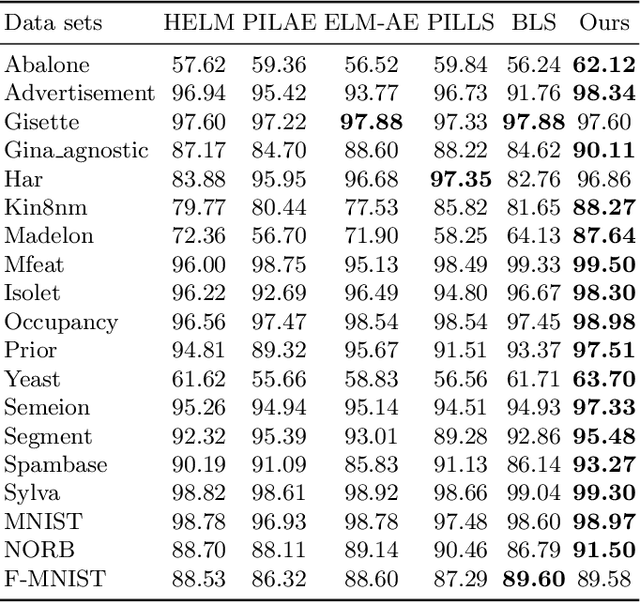Binghong Liu
Joint Beamforming Design and Satellite Selection for Integrated Communication and Navigation in LEO Satellite Networks
Oct 25, 2024Abstract:Relying on the powerful communication capabilities and rapidly changing geometric configuration, the Low Earth Orbit (LEO) satellites have the potential to offer integrated communication and navigation (ICAN) services. However, the isolated resource utilization in the traditional satellite communication and navigation systems has led to a compromised system performance. Against this backdrop, this paper formulates a joint beamforming design and satellite selection optimization problem for the LEO-ICAN network to maximize the sum rate, while simultaneously reconciling the positioning performance. A two-layer algorithm is proposed, where the beamforming design in the inner layer is solved by the difference-of-convex programming method to maximize the sum rate, and the satellite selection in the outer layer is modeled as a coalition formation game to simultaneously reconcile the positioning performance. Simulation results verify the superiority of our proposed algorithms by increasing the sum rate by 16.6% and 29.3% compared with the conventional beamforming and satellite selection schemes, respectively.
Semi-adaptive Synergetic Two-way Pseudoinverse Learning System
Jun 27, 2024



Abstract:Deep learning has become a crucial technology for making breakthroughs in many fields. Nevertheless, it still faces two important challenges in theoretical and applied aspects. The first lies in the shortcomings of gradient descent based learning schemes which are time-consuming and difficult to determine the learning control hyperparameters. Next, the architectural design of the model is usually tricky. In this paper, we propose a semi-adaptive synergetic two-way pseudoinverse learning system, wherein each subsystem encompasses forward learning, backward learning, and feature concatenation modules. The whole system is trained using a non-gradient descent learning algorithm. It simplifies the hyperparameter tuning while improving the training efficiency. The architecture of the subsystems is designed using a data-driven approach that enables automated determination of the depth of the subsystems. We compare our method with the baselines of mainstream non-gradient descent based methods and the results demonstrate the effectiveness of our proposed method. The source code for this paper is available at http://github.com/B-berrypie/Semi-adaptive-Synergetic-Two-way-Pseudoinverse-Learning-System}{http://github.com/B-berrypie/Semi-adaptive-Synergetic-Two-way-Pseudoinverse-Learning-System.
 Add to Chrome
Add to Chrome Add to Firefox
Add to Firefox Add to Edge
Add to Edge